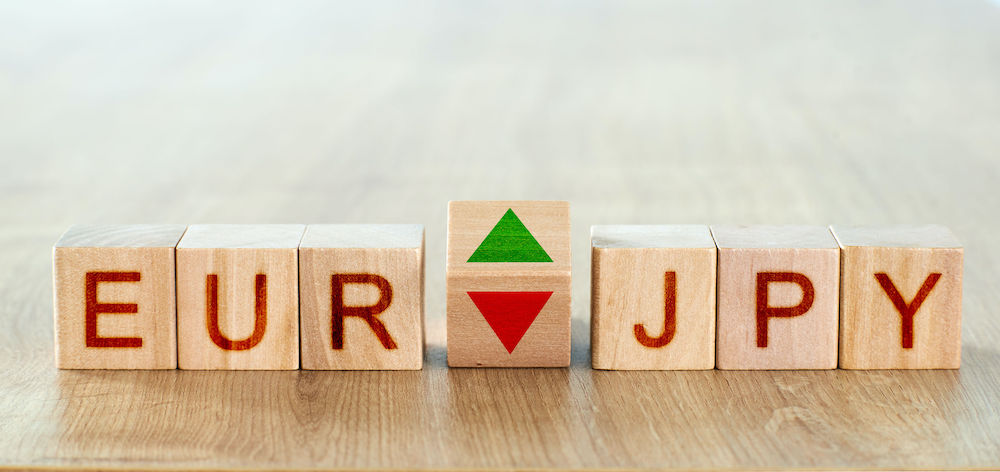
A stimulus package for economies in the Eurozone appeared to lift the mood of euro traders in the forex markets on Tuesday and into Wednesday.
The development was fuelled by reports that a crunch meeting of senior European leaders this week could result in a financial bailout for those affected by the coronavirus pandemic.
According to analysts, the impact of the pandemic has been keenly felt in an economic sense by several leading European nations – including Italy, which was one of the worst-hit countries in the entire world.
Lockdowns have been restrictive in places like these, though there is now a burgeoning sense that the worst is over.
As a result of the apparent shift by European leaders towards a pro-bailout position, pairs such as the EUR/USD and EUR/JPY were up.
The single European currency was up to $1.1423 at one stage, which reflected its best position since early March.
It also placed it at a position near its peak from across the year so far.
In its pair with the safe-haven Japanese yen, meanwhile, the euro was spotted at 122.47.
The dollar index, which is a tool used to monitor the performance of the US greenback against several other major global currencies, was also down over the course of the day.
This index was noted at 96.056, its worst position in several weeks.
Given that the euro forms a big part of this index, it was little surprise to see it move in the way that it did.
It was also no surprise to see the euro performing well against the British pound, which continues to suffer in the forex markets due to fears around the ongoing Brexit trade talks and a sluggish economic recovery in the country.
In this pair, the pound was spotted at 91.125 over the course of the day.
The dollar’s status as one of the day’s major casualties, however, seemed to be spurred on by more domestic developments.
Traders at brokers such as OctaFX spotted that positive data came out of the US on Tuesday, especially in relation to consumer prices.
This metric showed that consumer prices went up by 0.6% over the last month, suggesting that the coronavirus pandemic may not leave a huge deflationary mark.
As is becoming common, the better the US economy performs, the worse things appears to get for the dollar itself.
This is because the performance of the US economy tends to be used as a proxy for the health of the wider world economy, and riskier currencies can surge when the US – and hence, potentially the wider world – is doing well.
The Australian dollar, which is known for being particularly sensitive to risk, was up by a fifth of a percentage point at one stage, reaching $0.6985 in its pair against the greenback.
Another factor fuelling the risk-on mood, meanwhile, was the news that the creation of a vaccination against the coronavirus appears to be gathering pace during testing in the US.
 Between 74-89% of CFD traders lose
Between 74-89% of CFD traders lose  Your capital is at risk
Your capital is at risk  Your capital is at risk
Your capital is at risk  Your capital is at risk
Your capital is at risk